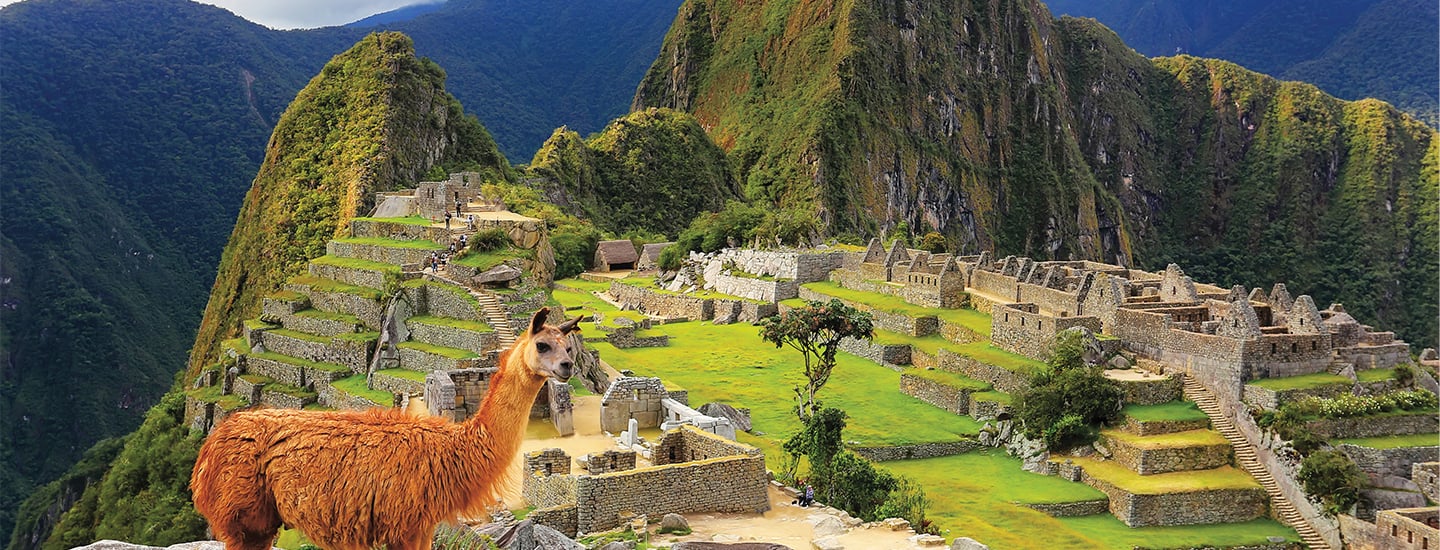When archaeologists in northwest Argentina held a field trip for local high school students, their goal was to teach the teens how to map ancient sites. Instead, the researchers walked away with one of the biggest discoveries of their careers—thanks to one of the students in the group.
During the activity on a hilltop in the town of Casa de Piedra, a student named Luis urged the experts to investigate another location nearby. The teen, who had visited that site often to collect firewood for his family, said it contained what appeared to be many unique archaeological structures.
As it turned out, Luis was right! The location he was referring to, which the scientists visited a few days later, is an Inca (ING-kuh) settlement previously unknown to experts.
The Inca were an ancient civilization that flourished in what is now South America from the early 1400s to 1532. They built what was once the largest and wealthiest empire in the Americas.
The newly discovered ruins in Argentina—called Cerro Quemado—are one of the southernmost Inca settlements ever found. Since Luis first pointed archaeologists to the site in 2017, the experts have identified the remains of several buildings, including kitchens and warehouses. They’ve also found corrals for llamas, animals the Inca used to transport goods over long distances. Researchers plan to continue studying the area to learn more about the ancient society, explains Alina Álvarez Larrain, one of the archaeologists who helped uncover the settlement.
“This discovery can provide us with much information about the Inca empire,” she says. “We hope to find out more about the deep history of local populations and their Inca ancestors.”

